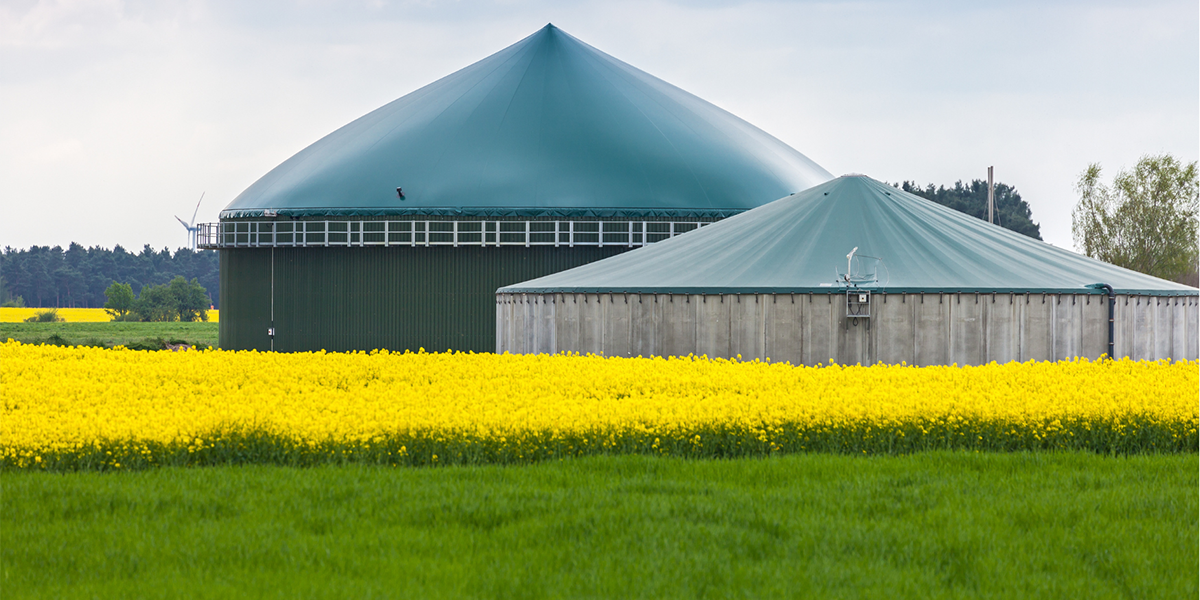Professor Francesca Malpei, Full Professor at the Politecnico di Milano explained how scientific and technological research on biofuels helps accelerate the transition to clean energy and increase Europe’s energy independence from unreliable suppliers and, in general, from fossil fuels – in order to counter the climate emergency and to promote energy security, together with other aspects such as sustainable waste management.
But the optimisation of biofuel production also involves co-digestion, i.e. feeding a digester with different sources of organic matter. «This causes problems to be studied – noted Professor Elena Ficara (Politecnico di Milano)- such as the selection of co-substrates, the correct quantification of the optimal mixture and the definition of the applicable load. Problems that must also be tackled by designing mathematical models that combine good reliability with limited complexity».
Professor Erminio Trevisi, Università Cattolica del Sacro Cuore, discussed the need to make the processes linked to the production of biogas as “circular” as possible, making the most of company residues and renewable fertilisers.
Professor Trevisi has shown how the anaerobic digestion process significantly reduces the concentrations of antibiotics in livestock manure. Not only: «The anaerobic digestion treatment seems to lead to an overall reduction also of the load of antibiotic-resistant pathogenic microorganisms, within the microbial community leaving the reactor.
The research also shows how the microbiota present in the reactors does not suffer negative effects in the presence of the antibiotics tested and «maintains, and in some cases even increases, the level of biogas production».
Professor Andrea Fiorini, Università Cattolica del Sacro Cuore, spoke about how digestate can be used as fertiliser.
Digestate that can be used as it is but also treated through a simple process of separation of the solid and liquid phases.
The solid fraction is still rich in organic matter (15-30%) – Fiorini explained – and therefore, in addition to providing the soil with slow-release nutrients, it can have an effect that is technically called “amendant”, i.e. improvement or maintenance of the soil structure. «While the clarified liquid fraction – continued Fiorini – is generally characterised by low contents of dry substance (1-8%); it concentrates the soluble compounds in itself and therefore offers a ready fertilising effect».




